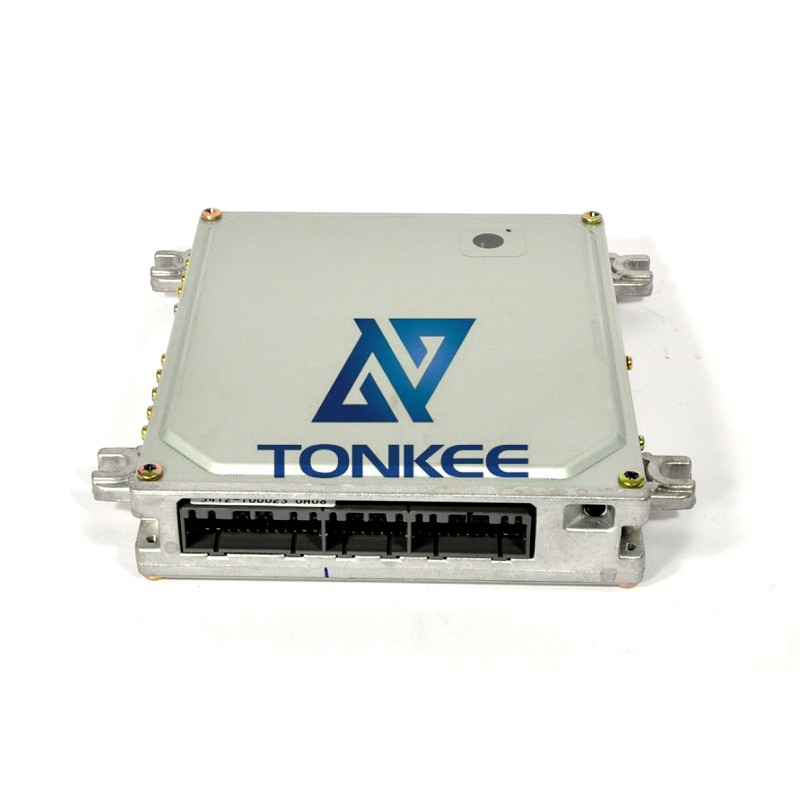
The main computer unit in the Hitachi EX135 is designed to manage and control the excavator's various systems and components.
It acts as the central hub for processing data from sensors and user inputs, then directing the excavator's movements and operations accordingly.
Processing Power:
The main computer unit is equipped with a powerful microprocessor that can handle complex calculations and data processing tasks in real-time. This processing power is essential for ensuring precise and efficient operation of the excavator.
Compatibility:
The Hitachi EX135 Main Computer Unit is specifically designed to work seamlessly with the EX135 model. It is engineered to be compatible with the excavator's hydraulic, electrical, and mechanical systems, ensuring optimal performance.
Input and Output Interfaces:
This unit features a variety of input and output interfaces to connect with sensors, controls, and displays throughout the excavator. These interfaces allow for real-time data exchange and communication between the main computer unit and other components.
Sensor Integration:
The main computer unit integrates with a range of sensors placed strategically on the excavator.
These sensors monitor factors such as engine performance, hydraulic pressure, temperature, and position. The unit processes data from these sensors to make real-time adjustments for safe and efficient operation.
Control Algorithms:
Sophisticated control algorithms are embedded in the main computer unit. These algorithms govern the excavator's movements, including the operation of the boom, arm, and bucket. They optimize performance while minimizing fuel consumption and wear and tear on components.
Safety Features:
Safety is a top priority in the design of the Hitachi EX135 Main Computer Unit. It includes safety protocols that can detect abnormal conditions and shut down the excavator if necessary, preventing accidents and damage.
Diagnostic Capabilities:
The main computer unit also provides diagnostic capabilities. It can generate error codes and warnings to alert operators and service personnel to issues or maintenance needs, facilitating timely maintenance and repair.
User Interface:
Operators interact with the main computer unit through a user-friendly interface, typically a display screen and control panel in the excavator's cabin. This interface allows operators to monitor machine status, make adjustments, and input commands.
Software Updates:
Manufacturers periodically release software updates for the main computer unit. These updates can improve performance, add new features, and address any known issues, ensuring the excavator remains up to date and efficient.


